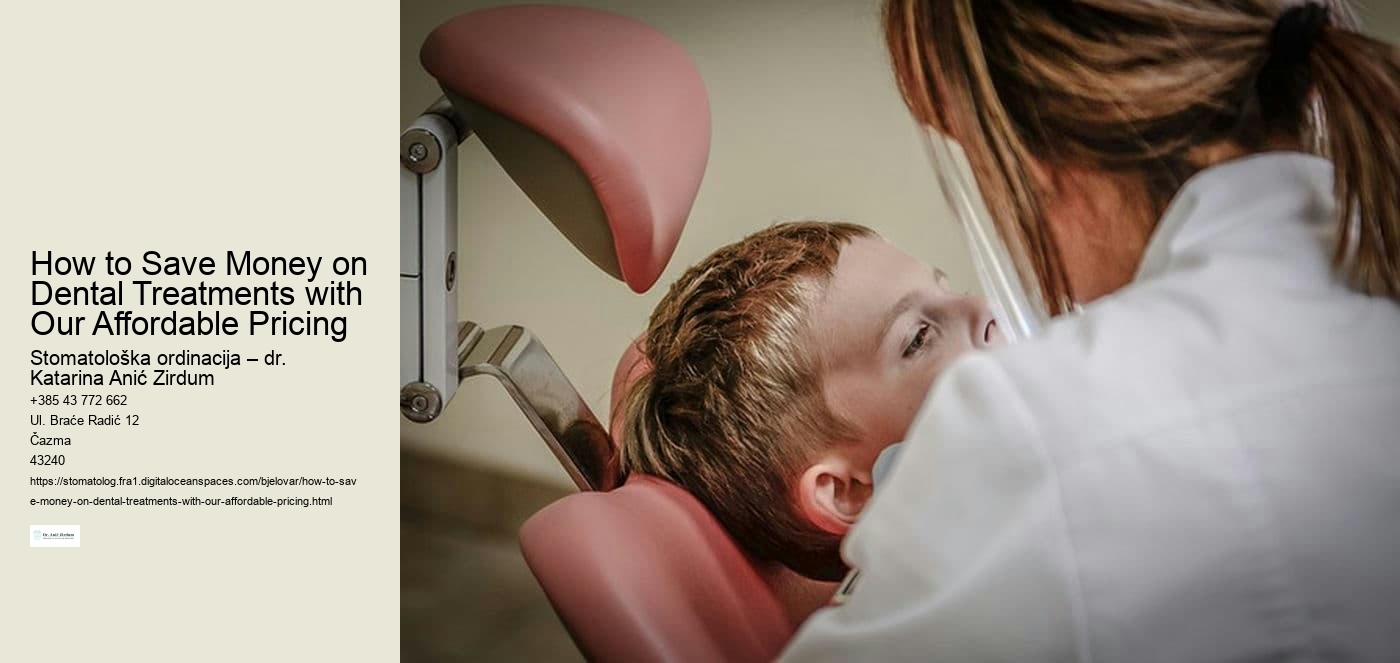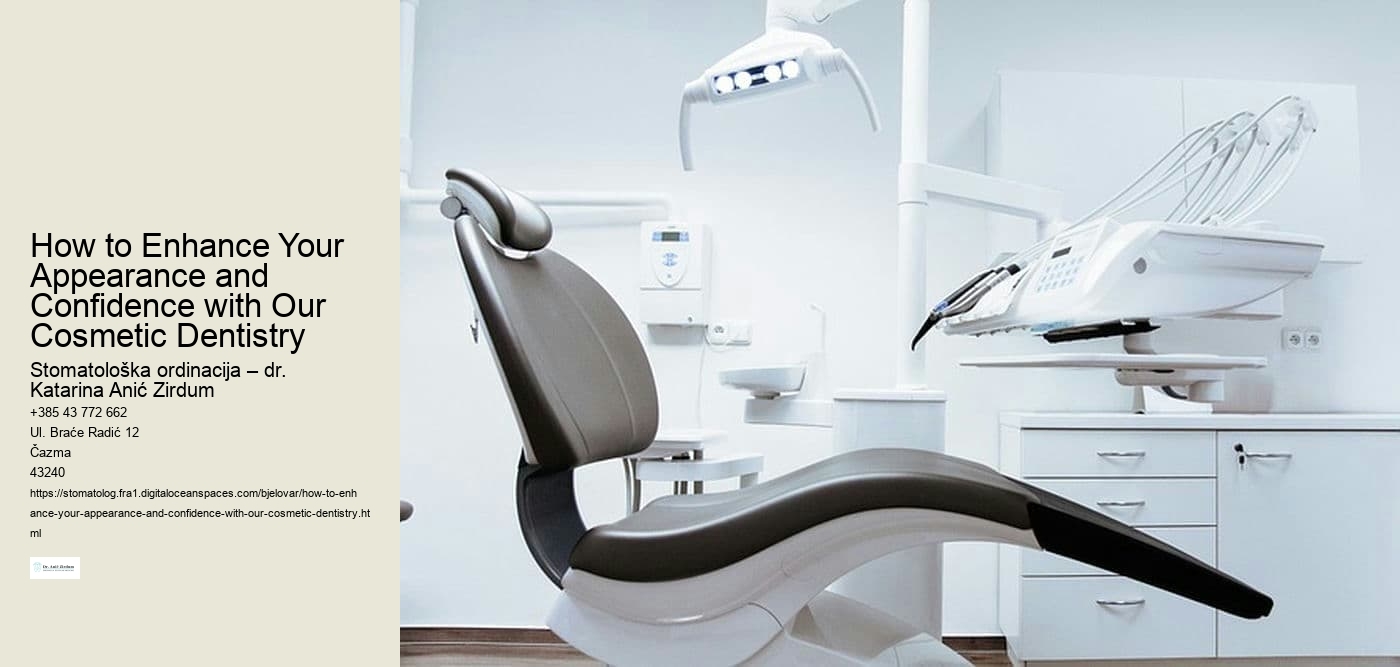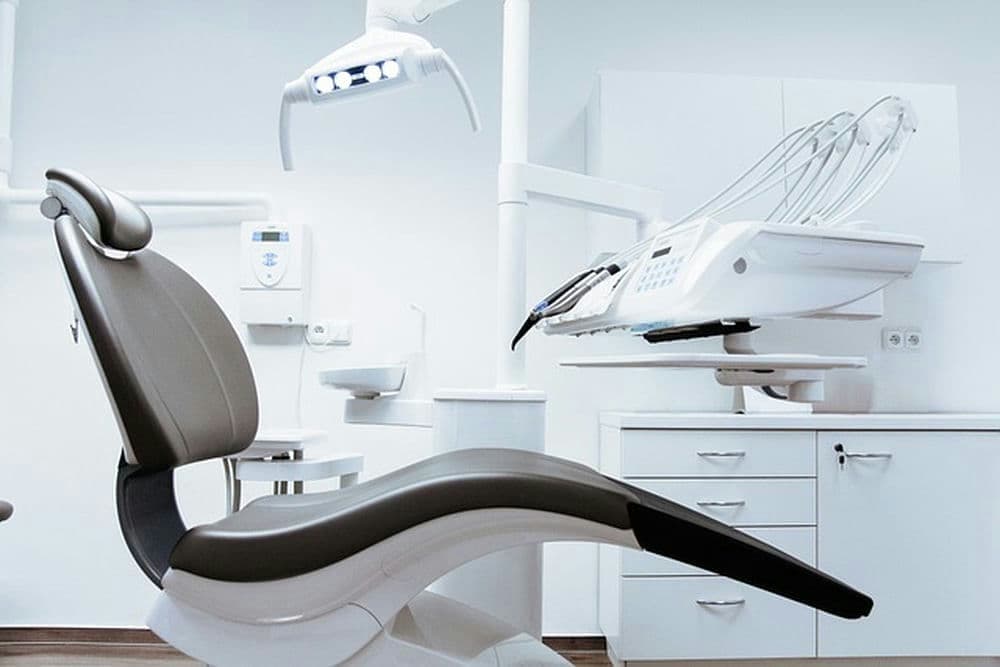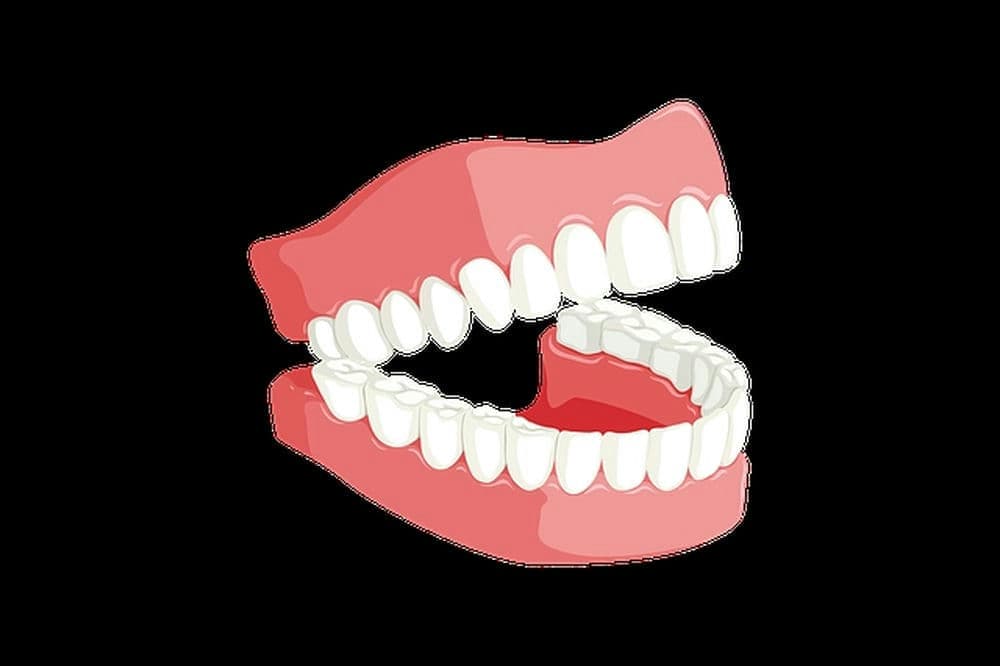bone grafting for dental implants
Since the post will serve as the tooth root, it's implanted deep into the bone. At this point, you'll still have a gap where your tooth is lacking. A sort of partial, transient denture can be placed for look, if needed. You can remove this denture for cleansing and while you sleep. Waiting for bone growthOnce the metal implant post is placed in your jawbone, osseointegration (oss-ee-oh-in-tuh-GRAY-shun) begins. During this method, the jawbone grows into and unites with the surface of the dental implant.
delta dental implants
By using the newest electronic work flow technology mydentist reduces the desire for messy impressions. We will often use digital scans to make a virtual model of your mouth after which, using 3D printers, we create a surgical guide, which in turn means more correct placement of the implants. In order to ensure a long-term stability of your teeth or dental implant, it’s required a enough amount of bone. Bone plays an important role also for guaranteeing the esthetic look of your teeth and gums. Bone loss may occur from trauma or inflammation of the gum and bone due to:Bacteria found in dental plaque, that if not got rid of, causes inflammation. This can damage your gums and likewise the bone surrounding your teeth (periodontitis).
full upper dental implants
A consultant is responsible in your care, but more than 1 dentist might treat you. Having a dental implant customarily involves 3 or 4 stages:A pre-operative assessment. Bone grafting (a manner to augment the quantity of bone in your jaw for supporting the implant). Not each person needs this. Putting in your implant. Fitting your crown, bridges or denture (restorative remedy).
dental implants cost in rands
This can damage your gums and also the bone surrounding your teeth (periodontitis). After tooth extraction over time, the height and thickness of the bone decreases because of the herbal system and lack of mechanical loading. To support a dental implant if the present volume of the atmosphere bone is not enough to make sure a long run balance;To preserve the existing teeth that have lost their bone aid due to periodontal diseases;To regenerate a bone defect after a annoying event;To accurate commonplace bone defects to gain extra height for implant placement;To advertise bone, grow and soft tissue advancements after tooth extraction. Increased failure rates might be expected in patients exhibiting risk elements similar to systemic sickness-inflicting wound curative issues, heavy smoking, greater periodontal susceptibility, poor bone density and extreme atrophy and Vitamin D deficiency or high LDL or low HDL ldl cholesterol level. Please check with your dentist also concerning any medication you are presently taking. Only during this way can it be decided whether every other software regulations apply.
zygomatic dental implants
When an skilled surgeon places implants, the danger of problems is minimum. If you’re pondering getting dental implants, be certain find a carrier you trust. Who shouldn’t get dental implants?Certain risk factors can affect dental implant candidacy. Dental implants might not be best for you if you:Are under the age of 18. (Most surgeons won’t place dental implants unless your jaw has stopped starting to be. )Smoke or use tobacco products.
More

full mouth dental implants
It is used to replace one or two missing teeth. A bridge requires two often fit teeth to be altered, which is not an easy way of changing a missing tooth in comparison to a dental implant. Bridges tend to have short lives, five to ten years, compared to a dental implant, that could last an entire life. So while a bridge can from time to time be more cost-effective initially, in the long run a dental implant can cost you less. Free Dental Implant ConsultationThe Benefits of Dental ImplantsMeet with Dr. Roe and learn more about the various alternatives for missing teeth and in regards to the dental implant technique.
Last updated today.

all on four dental implants
(Most surgeons won’t dental-implants.html">place dental implants unless your jaw has stopped becoming. )Smoke or use tobacco products. Have large bone loss to your jaw. Have poor oral hygiene. Have wide tooth decay. Have active or untreated gum disease.
Last updated today.

full upper dental implants
Dr. Erian surgically inserts the dental implant post into the jawbone to substitute the lacking tooth's root. The abutment is connected to the implant post with the fixation screw, which extends during the gums into the mouth. This screw is the aid for the connected artificial tooth, or crown. After your implant placement, that you would be able to adventure right here benefits:You will chew food more easilyThe look of your mouth will improveYour jawbone becomes less likely to shrink due to bone lossThe surrounding bone and gum will remain healthyThe adjacent teeth will remain stableCustom dental implants to replace lacking teeth restore your smile, give you self belief, and enhance your exceptional of life. A common dental implant is surgically inserted into the jaw and allowed to fuse with the bone tissue in a process called osseointegration.
Last updated today.

